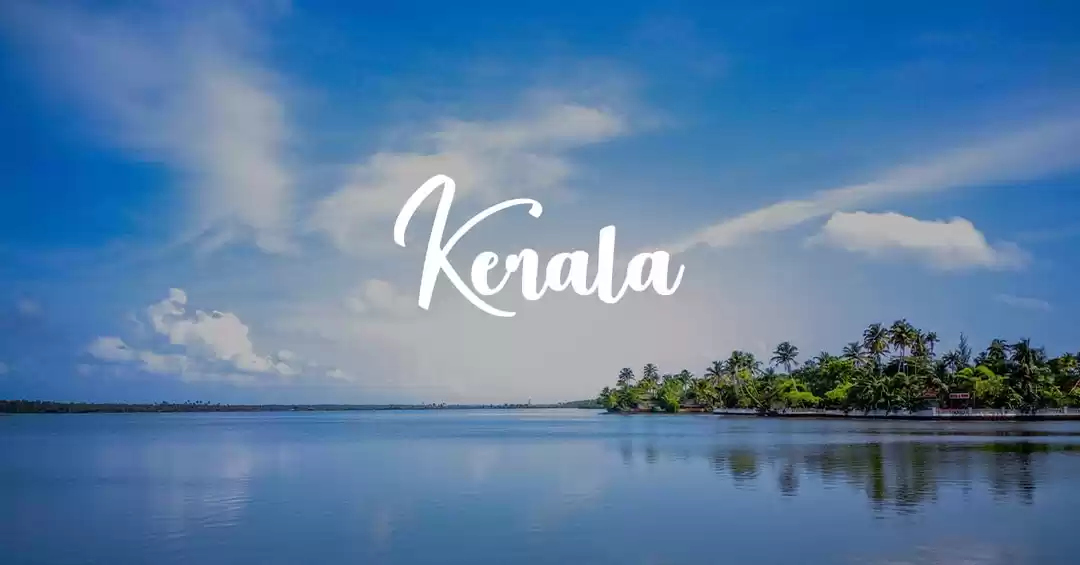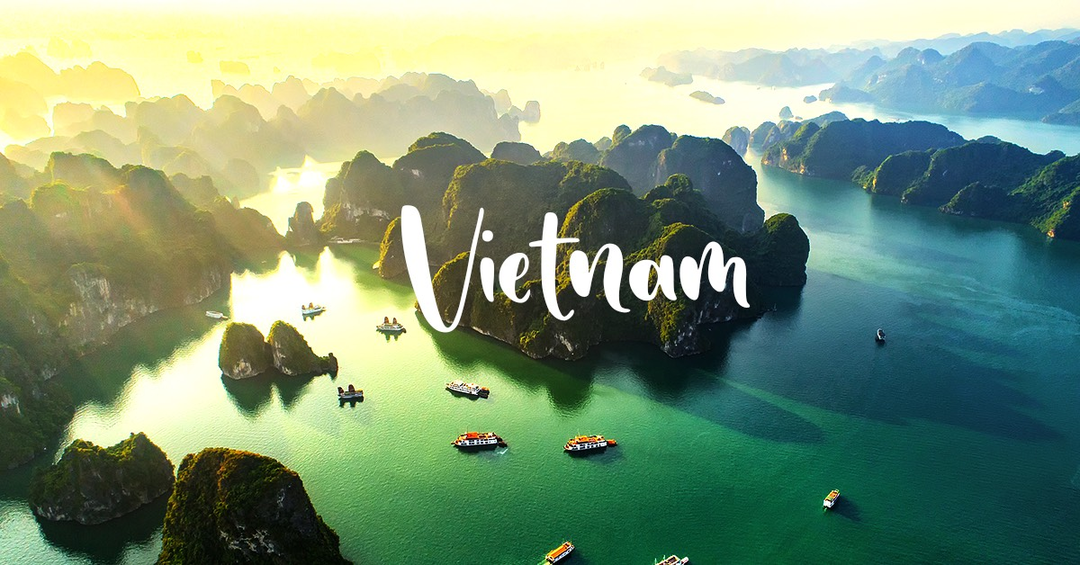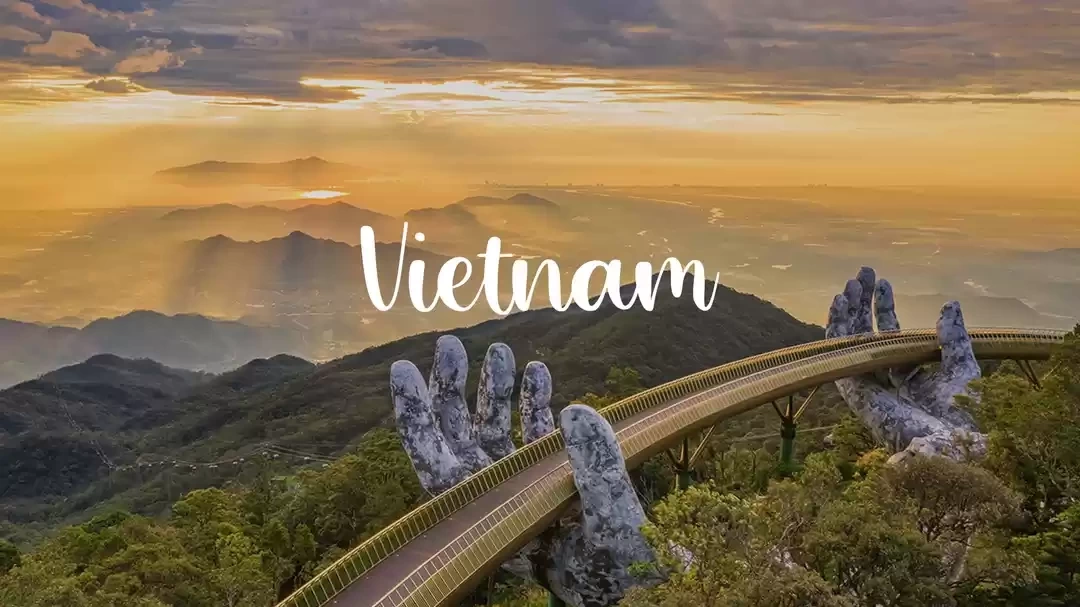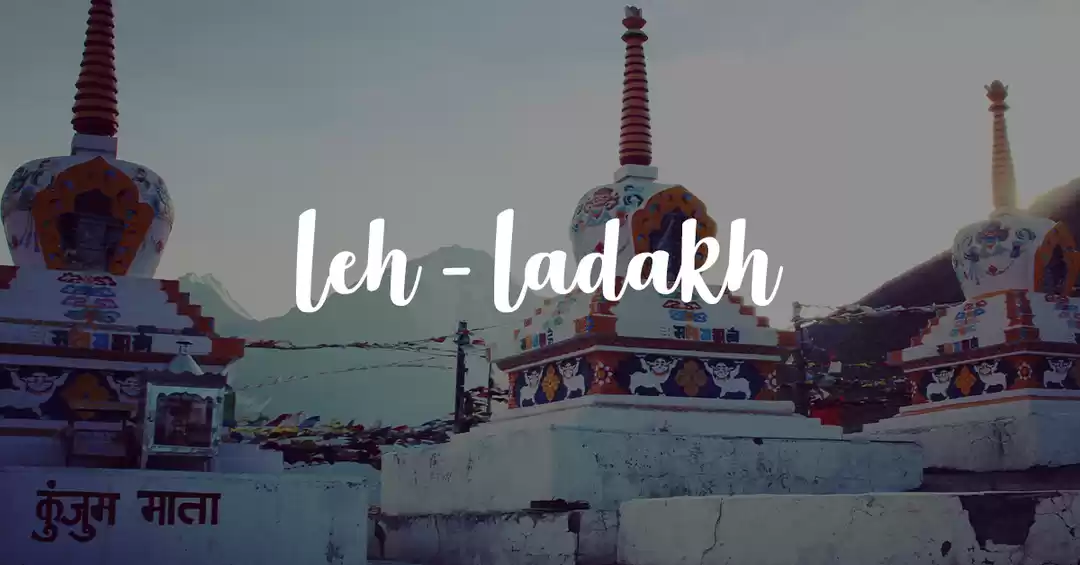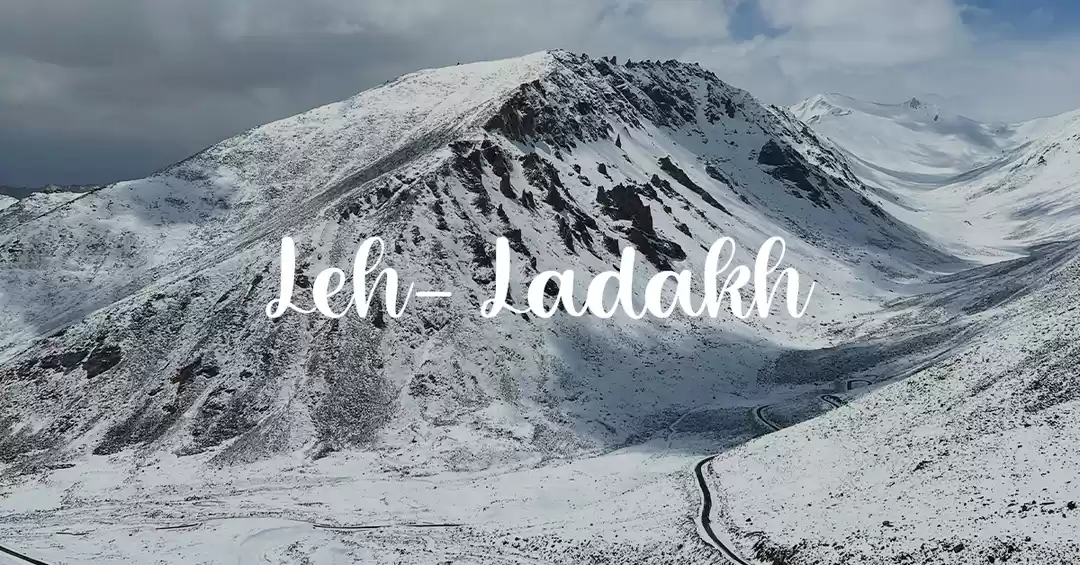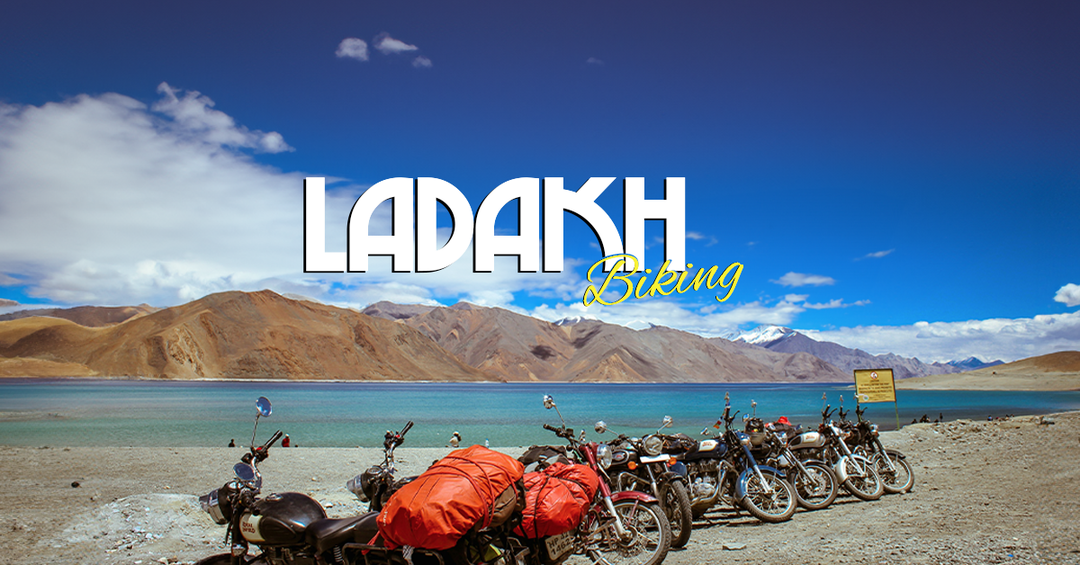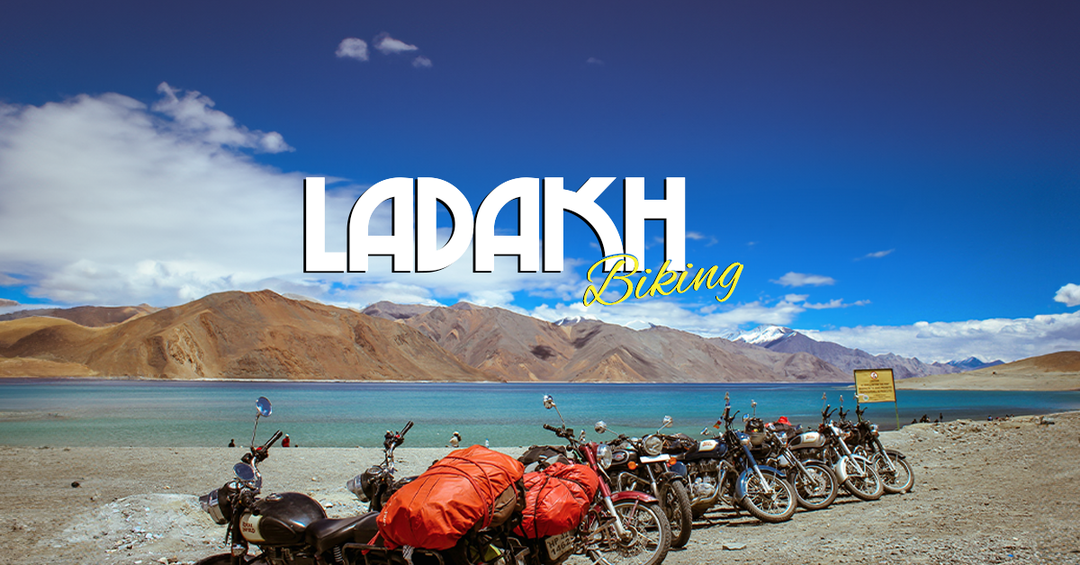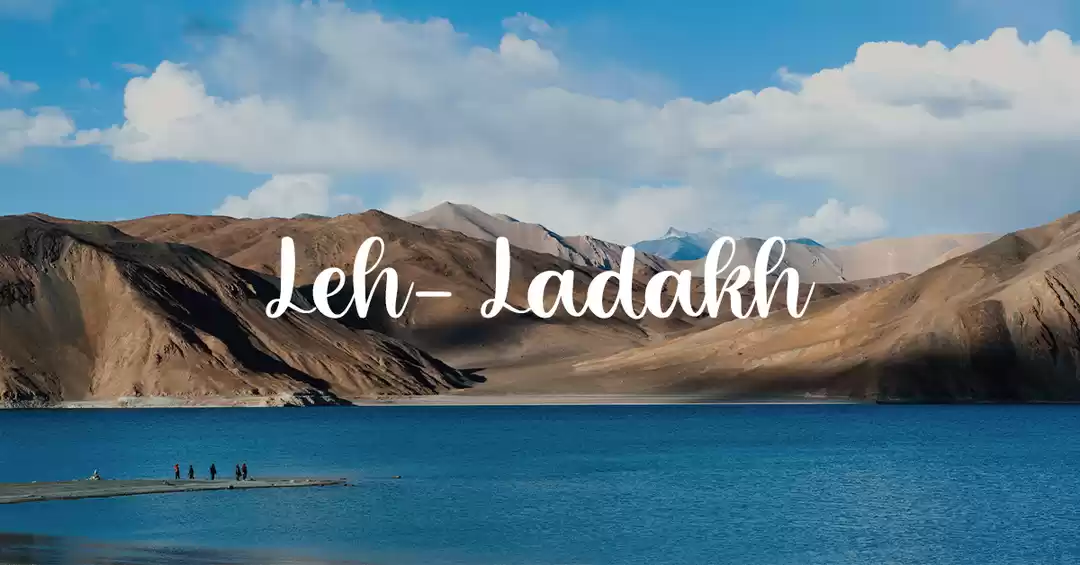
How Should I begin?
A visit to Japan was my first Solo trip and I think I have taken the best decision of my life & these 15 days will be there with me till my last breath. I started from Chennai to Kolkata where I was supposed to catch my flight to Narita International Airport. I availed the services of Thai Airways & I would suggest for the budget solo traveller to pick Thai Airways as their mode of flight transportation. The Round trip costed me 36000 Indian Rupee.
After reaching Narita International Airport, I was supposed to depart from Narita to Nippori Station where I have booked a Hostel called Hotel Owl Nippori through Booking.com.
http://www.booking.com/Share-vS0LVh (Hotel Owl Tokyo Nippori)
Before going further, I would like to tell you about the Mode of transportation in Japan in a simpler manner. I have taken a JR Pass for 14 days, which cost approximately 47000 Japanese Yen which comes around 30000 Indian Rupee. These passes will allow you to travel to any parts of Japan on the JR associated trains, which includes the Hikari, Sakura, Kodama Bullet trains & the local and subway trains of the various prefectures. There are various other company railways where the JR pass will not work. Since I had a 14 day pass, I had to manage the first day without the JR pass. I used the services of Keisei Skyliner from Narita International Airport to Nippori Station, which will cost you 2520 Japanese Yen & it takes approximately 40 - 45 minutes for the trip.
Locker Facility
In Every station, you can find the locker facility which is one of the best services provided by the Japanese Railways. Depending on the size of the luggages we have 3 different types of lockers - 200 Yen for the smallest one & 700 Yen charged for the biggest locker & this is provided for the entire day. Since the check in to the Hostel takes place at 15:00 PM, I had to avail the services of the locker and begin my visit to the amazing city of Tokyo.
I started my Day 1 by visiting 2 of the famous cities in Tokyo, i.e. Shinjuku & Shibuya Junctions. I took the Yamanote Line which takes you from Nippori to Shinjuku Station & we can walk to the Meiji Jingu shrine.

Meiji Shrine, located in Shibuya, Tokyo, is the Shinto shrine that is dedicated to the deified spirits of Emperor Meiji and his wife, Empress Shōken. It takes 20 minutes to walk to the shrine from the Shinjuku Station.

After visiting the Meiji Jingu Shrine, I went to Ueno station to exchange the JR Pass voucher to Actual JR Pass for the 14 days. After getting the JR pass, I visited the Ueno Onshi Park & the Shinobazu No Ike Bentendo Temple along with the Shinobazu Pond.

The Shinobazu Pond (Shinobazu no Ike) is a pond within Ueno Park (a spacious public park located in the Ueno section of Taitō, Tokyo, Japan), and a historically prominent Shitamachi feature often appearing in history and works of art. The park occupies the site of the former Kan'ei-ji, a temple closely associated with the Tokugawa shōguns, who had built it to guard Edo Castle against the northeast, a direction believed to be unlucky by traditional geomancy. The temple was destroyed during the Boshin War. The pond, although modified many times and even once drained, is natural.

After visiting the Ueno Onshi Park, I started for the famous Shibuya crossing & the Hachiko Memorial Statue.
Hachikō was a Japanese Akita dog remembered for his remarkable loyalty to his owner, Hidesaburō Ueno, for whom he continued to wait for over nine years following Ueno's death.
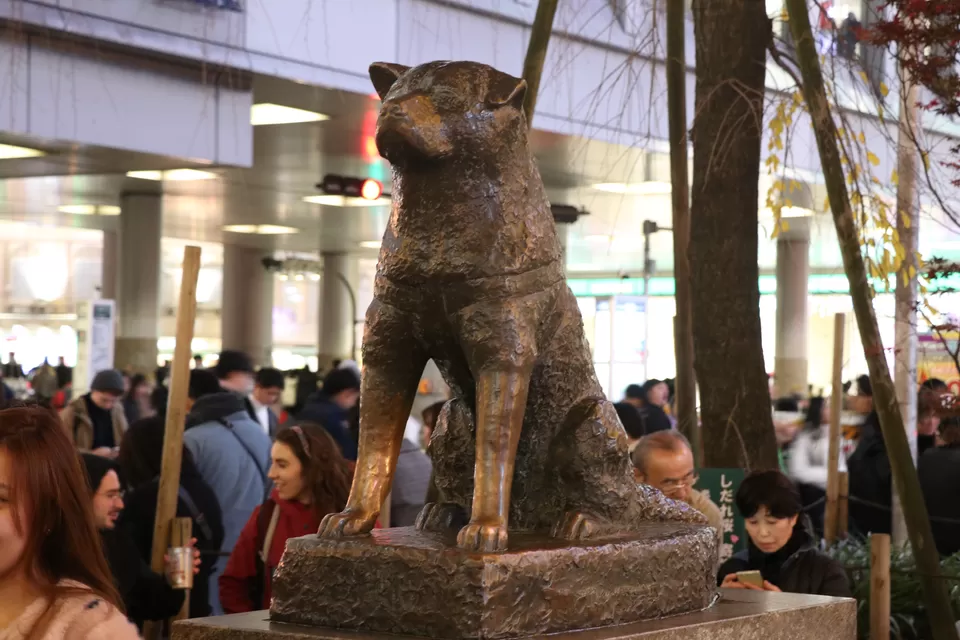
Tokyo is home to the Shibuya Crossing, which is the busiest pedestrian crossing in the world. At Shibuya Crossing, approximately 2,500 pedestrians cross at a time, coming from all directions at once. The experience of seeing 2500 - 3000 people at once was amazing & crossing along with everyone was the best experience ever.

After the Shibuya crossing view, back to the Hotel after an amazing night.
Meals
Being a Vegetarian in the Country of Japan is a challenge in its own. The best thing that most of the Hostels provides breakfast such as Bread, Butter, Boiled Eggs, Orange Juice, Tea, Coffee & Kitchen facilities.
We have Indian Restaurants as well, but it will empty your wallets. My Lifesaver was Subway & Mos Burger, which had Vegetarian options as well -which includes the Veggie Delite & the Soy Patty Burger.
This brings the end of Day 1 & it was a beautiful start & excited for the Day 2.
Before starting for Nikko, I had to make a reservation in JR Bullet train for the Journey. There is no Direct train for Nikko. We will get reservation in Yamabiko Shinkansen to Utsunomiya. In Utsunomiya, we have to take the JR Nikko line for Nikko.
The Famous attraction visited were Taiyuin, Toshogu shrine, Rinnoji Temple, Tamozawa Villa & Shinkyo bridge.
Rinnō-ji is a Tendai Buddhist temple buildings in the city of Nikkō, Tochigi Prefecture, Japan.
The Sacred Bridge crossing the Daiya River belongs to the Futarasan Shrine. This beautiful vermilion lacquered structure is known as one of the three most beautiful bridges in Japan and is a perfect getaway for Nikko. The bridge was registered as a World Heritage in December 1999. Shinkyo measures 28 meters long, 7.4 meters wide, and stands 10.6 meters above the Daiya River.

To go to the Bridge, there is a small fee of 400 - 500 Yen.
Weather in Japan
Japanese winters generally last from December to February. In Tokyo, December temperatures tend to be around 12ºC (54°F) in the afternoon and drop to about 5ºC (41°F) in the morning and at night.
It is suggested to take a Leather Jacket as it will get dark, very soon in the evening i.e. around 16:30 - 17:00 & the temperature will tend to be around 6 - 7 degree Celsius.
A pair of Hand gloves & a head gear will save you from the cold. It is suggested to buy the gears from your home country as the Japanese shops can be expensive if you are within a budget.
It was raining as well in most of the prefecture such as Osaka region. Hence an umbrella is a must.

Goju-no-to, or Five-Storied Pagoda, at Tōshō-gū was dedicated by Lord Tadamitsu Sakai in 1650, and reconstructed in 1818 after a fire. Built in a well-hole style, each story of the 34.3-meter tower represents an element—earth, water, fire, wind and heaven, in ascending order. The first four stories were built in a Japanese style, and the top story in a Chinese style. The twelve animals of the Chinese Jyuni-shi (the Oriental Zodiac) are carved on the first story.
The experience in Nikko was pretty amazing because of the Shrines & the Mountainous views. It is a half day trip from Tokyo & it is worth the visit.

After visiting Nikko, I started for Tokyo in the Afternoon & visited the Asakusa Kaminarimon.
The Kaminarimon is the outer of two large entrance gates that ultimately leads to the Sensō-ji (the inner being the Hōzōmon) in Asakusa, Tokyo, Japan. The gate, with its lantern and statues, is popular with tourists.
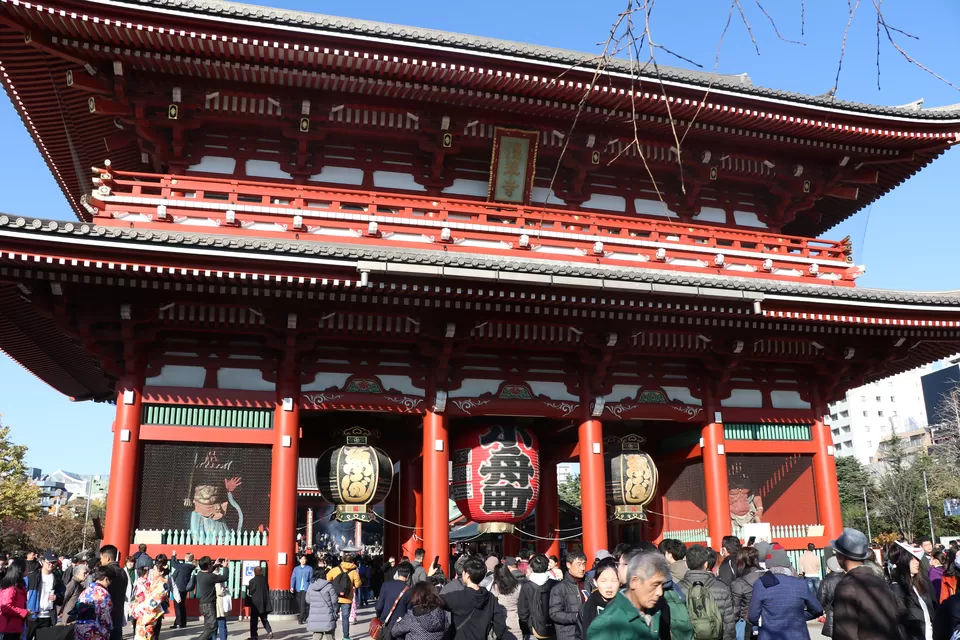
Four statues are housed in the Kaminarimon, two in the front alcoves and two on the other side. On the front of the gate, the statues of the Shinto gods Fūjin and Raijin are displayed. Fūjin, the god of wind, is located on the east side of the gate, while Raijin, the god of thunder, is located on the west side. The original sculptures were severely damaged in the fire of 1865, with only the heads being saved, and the statues restored for the gate's 1960 reconstruction.
The Crowd was heavy & People were dressed in the Traditional dress i.e. Kimono & People were praying to the Local deity.

Near to the Temple, we can see the Tokyo Skytree which is walkable from the Asakusa region. The view is incredible & it can be accessed to the top with a fee (Kindly check it online before visiting the Tokyo Skytree on the fee & the availability)
The Sumida River is a river that flows through Tokyo, Japan. It branches from the Arakawa River at Iwabuchi and flows into Tokyo Bay. Its tributaries include the Kanda and Shakujii rivers.
What is now known as the "Sumida River" was previously the path of the Ara-kawa. However, towards the end of the Meiji era work was carried out to divert the main flow of the Ara-kawa to prevent flooding.

I started from Sumida River to the Electronic city of Tokyo i.e. Akihabara. There are lots of electronic stores & Animation stores if you are a big fan of Anime like One Piece, Naruto, Pokemon etc.
Akihabara is a buzzing shopping hub famed for its electronics retailers, ranging from tiny stalls to vast department stores like Yodobashi Multimedia Akiba. Venues specializing in manga, anime, and video games include Tokyo Anime Center, for exhibits and souvenirs, and Radio Kaikan with 10 floors of toys, trading cards, and collectibles. Staff dressed as maids or butlers serve tea and desserts at nearby maid cafes.

I am a big fan of Anime & Luffy is one of my favourite characters. It is a heaven for the Anime fans.

This brings the end of Day 2 & Tokyo always amazes you with something or the other.
Started in the early morning for the beautiful city of Kamakura. You can take a train Tokyo station to Ofuna station & change from Ofuna to Kamakura.
The Places visited were Great Buddha Bronze Statue, Hachimangu Shrine, Hasedera Temple, Hokokuji Temple.
Hase-dera, commonly called the Hase-kannon is one of the Buddhist temples in the city of Kamakura in Kanagawa Prefecture, Japan, famous for housing a massive wooden statue of Kannon. The temple originally belonged to the Tendai sect of Buddhism, but eventually became an independent temple of the Jōdo-shū.

Tsurugaoka Hachimangū is the most important Shinto shrine in the city of Kamakura, Kanagawa Prefecture, Japan. The shrine is at the geographical and cultural center of the city of Kamakura.

Beautiful View from the Hasedera Temple top.

Vending Machines
Japan has this most common thing - Vending Machines. We can get Hot or cold beverages such as Soda, Water, Tea & Coffee.
They were lifesaver everywhere & even if we cannot find any shops - we will have Vending machine availability everywhere.
This brings end of the Day 3 and the beautiful city of Kamakura. I have taken some souvenirs such as Hanging bell and Buddha Bronze statue along with a greeting card.

After enjoying 3 days in Tokyo & the other famous & beautiful cities, it was time to depart from Tokyo to City of Fujiyoshida. We have to take the JR limited express which comes under the JR pass to Otsuki & we have to change from Otsuki to Mount Fuji Station in the Fujikyuko line towards Kawaguchiko which is not under the JR pass & it comes with a fee of 1030 Yen. I booked a bed in the Hana Hostel Fujisan & it was an amazing experience ever.
http://www.booking.com/Share-oMGDI44 (Hana Hostel Fujisan)
In the evening after doing the check in, I started from the hostel to the Chureito Pagoda. The View of Mount Fuji volcano from the Pagoda was beautiful & those moments were the best moments ever. I spent around 2.5 hours & made a timelapse video as well of the Mountain.
The Climb to the top was a difficult one and one has to have good stamina to climb the top. During the month of december, the path will be slippery & everyone should make sure to be careful.

The Weather was amazing and one can see the full view of the Mountain.
Mount Fuji Trekking
1) Mount Fuji is 3,776 meters or 12,389 feet high, which is high enough to cause altitude sickness.
2) The Mount Fuji climbing season is from 1 July to 14 September.
3) You can take a direct bus from Shinjuku to about halfway up Mount Fuji and climb to the summit from there.
4) You can climb in one day if you're fit. But it's better to spend a night in a mountain hut on the mountain (or just climb through the night).
5) Reservations are required for mountain huts, but you can pay to enter a hut and take a break without a reservation.
The Day 4 came to an end. The Night were so chilly and I had to get down the mountain as well. I could see lots of people with Camera & photography is something which is close to Japanese People. All the photos clicked and attached in the blog are taken with my Canon EOS 80D Camera.
This comes with the end of Day 4 and headed towards the Hostel. The Hana Hostel Fujisan provided with free items such as Bread, Butter, Jam, Milk, Eggs & Kitchen facilities. It can be used any time of the day. We had access to MOS Burger in the Mount Fuji Station which was near to the Hostel.
Lake Kawaguchi is located in the border of the towns of Fujikawaguchiko and Minobu in southern Yamanashi Prefecture near Mount Fuji, Japan. It is the second largest of the Fuji Five Lakes in terms of surface area, and is located at the lowest elevation.
While visiting the Lake, I made a Chinese Friend who is a big fan of Arsenal and I was wearing the Jersey. He came to Japan for tourism as well. Viewing the Mountain was bringing so much of energy & I made promises to myself to climb the mountain by 2022.
In the evening, I went to the Kawaguchiko Museum of Art where the woodblock paintings of Yoshida Hiroshi were Kept. Hiroshi Yoshida was a 20th-century Japanese painter and woodblock printmaker. He is regarded as one of the greatest artists of the shin-hanga style, and is noted especially for his excellent landscape prints.
The other attractions available are Kubota Art Museum, Music Forest which will be liked by the Kids & Mount Kachi Kachi Ropeway which i could not participate due to under maintenance.

This comes with the end of Day 5 & I cannot still take the view of Mount Fuji from my head. It is like a God for me & I have become its devotee.
Started from the Hostel by taking the Fujikyuko line and reaching to Otsuki & Otsuki to Shinagawa using the JR pass in the Limited Express. By making a reservation in the Hikari Express, departed to Kyoto in the Famous Shinkansen.
Shinkansen
The Shinkansen, colloquially known in English as the bullet train, is a network of high-speed railway lines in Japan. Initially, it was built to connect distant Japanese regions with Tokyo, the capital, in order to aid economic growth and development.
The shinkansen network consists of multiple lines, among which the Tokaido Shinkansen (Tokyo - Nagoya - Kyoto - Osaka) is the oldest and most popular. All shinkansen lines (except the Akita and Yamagata Shinkansen) run on tracks that are exclusively built for and used by shinkansen trains. Most lines are served by multiple train categories, ranging from the fastest category that stops only at major stations to the slowest category that stops at every station along the way.
Most shinkansen trains offer both non-reserved seats and reserved seats in separate cars. Only the Hayabusa, Hayate and Komachi trains on the Tohoku Shinkansen and Hokkaido Shinkansen and the Kagayaki trains on the Hokuriku Shinkansen are fully reserved and do not carry non-reserved seating. All seats in Green Cars are reserved.
Seat reservations allow you to secure a seat and travel with peace of mind. They can be made for all shinkansen trains, but are not mandatory on the trains that also carry non-reserved seating. Only the Hayabusa, Hayate and Komachi trains along the Tohoku Shinkansen and Hokkaido Shinkansen, and the Kagayaki trains along the Hokuriku Shinkansen require seat reservations
Seat reservations can be done from the JR Office & it is simple and Staffs are very friendly.
Japanese People
Japanese people are the kindest people I ever met. They are ready to help you with the best possible ways and irrespective of not knowing the language of English - they will attempt to help you.
I had an instance where while crossing the road - one of my hand gloves came out of my Jeans pocket. One of the Japanese lady without hesitating, came forward and handed me my hand gloves. I was so thankful to her. This was the first day in Japan.
After the journey in the Shinkansen from Shinagawa to Kyoto. I checked in the Lower East Nine Hostel which is walkable from the JR Kyoto Station. I was lucky that next to the hostel was the Nepali- Indian Restaurant, which served Butter Naan & Dal Tadka. It made my day. For a vegetarian, Naan & dal tadka is similar to going to heaven.
http://www.booking.com/Share-CHRlqmW (Lower East Nine Hostel)
The Day 6 was a bit tiry and the day ended by resting for the evening and planning the next day itinerary.
In the morning, started from Kyoto Station to Nijo Station. The Nijo castle is walkable distance from the Nijo Station. Nijō Castle is a flatland castle in Kyoto, Japan. The castle consists of two concentric rings of fortifications, the Ninomaru Palace, the ruins of the Honmaru Palace, various support buildings and several gardens.
In 1601, Tokugawa Ieyasu, the founder of the Tokugawa shogunate, ordered all the feudal lords in Western Japan to contribute to the construction of Nijō Castle, which was completed during the reign of Tokugawa Iemitsu in 1626. When building the castle, a portion of land from the then partially abandoned Shinsen En Garden (located south) was absorbed and its abundant water was used in the castle gardens and ponds. Parts of Fushimi Castle, such as the main tower and the karamon, were moved here in 1625–26.It was built as the Kyoto residence of the Tokugawa shōguns. The Tokugawa shogunate used Edo as the capital city, but Kyoto continued to be the home of the Imperial Court. Kyoto Imperial Palace is located north-east of Nijō Castle.

Hanging Bells were used to inform people about attacks, fires, and other emergencies.
These two bells originated from the Shimoyashiki villa and were brought to Nijō Castle around 1867.

The Ninomaru Garden is a traditional Japanese garden behind the palace.

A few photos of mine with the help of the other Tourists. They were very helpful in Nature. I was carrying a tripod for the personal photo as well, but certain guidelines will be there for the usage of camera, tripod & drones. Please strictly follow the guidelines as it can cause huge fines.

After visiting the Nijo Castle, I started for the Kyoto Imperial Palace & Sento Imperial Palace.
The Kyoto Imperial Palace is the former ruling palace of the Emperor of Japan. The Emperors have since resided at the Tokyo Imperial Palace after the Meiji Restoration in 1869, and the preservation of the Kyoto Imperial Palace was ordered in 1877.

The Kyoto Imperial Palace is the latest of the imperial palaces built at or near its site in the northeastern part of the old capital of Heian-kyō (now known as Kyoto) after the abandonment of the larger original Heian Palace that was located to the west of the current palace during the Heian period. The Palace lost much of its function at the time of the Meiji Restoration, when the capital functions were moved to Tokyo in 1869. However, Emperor Taishō and Shōwa still had their enthronement ceremonies at the palace.
Nishiki Market is a marketplace in downtown Kyoto, located on a road one block north and parallel to Shijō Street and west of Teramachi Street. Rich with history and tradition, the market is renowned as the place to obtain many of Kyoto's famous foods and goods.
Kiyomizu-dera, formally Otowasan Kiyomizu-dera, is a Buddhist temple in eastern Kyoto. The temple is part of the Historic Monuments of Ancient Kyoto UNESCO World Heritage site.

The Day ended by visiting the Shrine in Kyoto & headed back to the Hotel.
The Day started with the Fushimi Inari Shrine & it is 2 stops from the Kyoto Station in the JR Train on the Nara Line.
Fushimi Inari-taisha is the head shrine of the kami Inari, located in Fushimi-ku, Kyoto, Kyoto Prefecture, Japan. The shrine sits at the base of a mountain also named Inari which is 233 metres (764 ft) above sea level, and includes trails up the mountain to many smaller shrines which span 4 kilometres (2.5 mi) and take approximately 2 hours to walk up.
Inari was originally and remains primarily the kami of rice and agriculture, but merchants and manufacturers also worship Inari as the patron of business. Each of Fushimi Inari-taisha roughly thousand torii was donated by a Japanese business.
Owing to the popularity of Inari's division and re-enshrinement, this shrine is said to have as many as 32,000 sub-shrines throughout Japan.
It was a magnificent view of the Fushimi Inari with 1000's of the Arch. The Climb is a difficult one but an amazing one.

After climbing down from the Inari Shrine, I started for the Arashiyama & Sagano region.
Togetsukyo is a 155-meter bridge built across the Katsura River, which flows leisurely through Saga Arashiyama , a well-known place of scenic beauty in the western hills of Kyoto. The artistic form of the bridge embodies the aesthetic sense that is at the heart of the Japan artistic tradition.
The Japanese macaque, also known as the snow monkey, is a terrestrial Old World monkey species that is native to Japan. They get their name "snow monkey" because they live in areas where snow covers the ground for months each year.
The Monkey's were fun and they are having the best time being in the beautiful park on the Kyoto Mountains.
Bamboo Forest, or Arashiyama Bamboo Grove or Sagano Bamboo Forest, is a natural forest of bamboo in Arashiyama, Kyoto, Japan. The forest consists of several pathways for tourists and visitors.
Kinkaku-ji, officially named Rokuon-ji, is a Zen Buddhist temple in Kyoto, Japan. It is one of the most popular buildings in Japan, attracting many visitors annually.
There is also a Sagano Scenic railway tour, which cost 1000 - 1200 Yen and display the natural beauty from Arashiyama to Kameoka and it is worth going with your family. I really enjoyed the Journey as it takes between multiple mountains and the destination is worth.
I got an opportunity to view the Rainbow in the village as there was a brief rain.
This brings to the end of Day 8 which was a very big day as many places and distances were covered. Honestly speaking, I am covering 10-12 KMS everyday.
After getting up, started for Nara from Kyoto Station using the JR pass in the Nara Line which is a 45 minutes ride
Kōfuku-ji is a Buddhist temple that was once one of the powerful Seven Great Temples in the city of Nara, Japan. The temple is the national headquarters of the Hossō school.
Deer are considered to be sacred in Japan like Cows in India. Nara has lots of deer. We can feed them but make sure not to tease them and make them angry as they are wild animals.
Many other attractions of the place are Kasuga Taisha & Nigatsudo hall. Nigatsu-dō is one of the important structures of Tōdai-ji, a temple in Nara, Japan. Nigatsu-dō is located to the east of the Great Buddha Hall, on the hillside of Mount Wakakusa.
I got the opportunity to have some French Croissant from the Vie de France Nara which is available in Nara Station. It was awesome and tasty.
Next day, I had to start from Kyoto to Koyasan. JR pass is applicable from Kyoto to Shin Imamiya. From Shin Imamiya to Hashimoto & Hashimoto to Gokurakubashi & Gokurakubashi to Koyasan, we have to take limited express tickets which will come around 1500 Yen.
The forest surrounding Mount Koya (Koyasan) in Wakayama, a sacred mountain and temple complex founded by the monk Kobo Daishi, serves as a huge cemetery. So huge, in fact, that Okunoin Cemetery, as it is called, is the largest in all of Japan.
The place is so silent and one can walk through the cemetery in the evening. In the early morning, prayers will be performed by the monk.
Torodo Hall (Hall of Lamps) is Okunoin main hall for worship, built in front of Kobo Daishi mausoleum. Inside the hall are more than 10,000 lanterns, which were donated by worshipers and are kept eternally lit.
Kobo Daishi Mausoleum is the main temple where the Morning prayers take place and it is suggested to attend the prayers in the Morning.
Mount Bentendake is 984 m high from the Daimon Gate and the route is rather steep on most of the spots. The route in the evening was amazing and we could see the sunset. It was a fascinating view. Koyasan is an amazing place and one can add it in their itinerary.
The Guest house where I stayed had dinner services and the dinner was the best one served. I had the best chickpea & tomato curry with Rice.
http://www.booking.com/Share-tgHyka (Koyasan Guest house Kokuu)

Early morning started for Osaka from Koyasan by taking the train from Gokurakubashi to Hashimoto & Hashimoto to Shin Imamiya station. Jr Pass can be used to go to Osaka station from Shin Imamiya station.
After reaching Osaka, checked into the Drop Inn Osaka hostel & started for the Osaka Aquarium Kaiyukan & Tempozan Ferris Wheel.
The Aquarium has all the water species such as Jellyfish, Whales, Stingray, Penguins, Dolphins. The Aquarium is so huge as it can take 2-3 hours easily. It is a good place for Kids. The Customers get an opportunity to touch the Stingray as well which was a pretty new experience for me. The Entry cost is 2300 Yen & 3000 Yen along with the Tempozan Ferris wheel.
The Experience in the Amazing wheel was awesome. It will be accessible for 15 minutes to the customers and provides a great view of the Osaka region. The Cost of the ride is 800 Yen if taken separately.

The Tempozan Mall is accessible to all and has lots of Japanese Shops & restaurants for the family to enjoy the time. After the time spent at the Aquarium, headed back to the Hostel which is accessible from the local railways.
http://www.booking.com/Share-mS0Mvs (Drop Inn Osaka Hostel)

In the Early morning on Day 12 - started for the Osaka Castle by using the local railway service.
Osaka Castle is a Japanese castle in Chūō-ku, Osaka, Japan. The castle is one of Japan's most famous landmarks and it played a major role in the unification of Japan during the sixteenth century of the Azuchi-Momoyama period. In 1583 Toyotomi Hideyoshi commenced construction on the site of the Ikkō-ikki temple of Ishiyama Hongan-ji.The basic plan was modeled after Azuchi Castle, the headquarters of Oda Nobunaga. Hideyoshi wanted to build a castle that mirrored Nobunaga's, but surpassed it in every way: the plan featured a five-story main tower, with three extra stories underground, and gold leaf on the sides of the tower to impress visitors. In 1585 the Inner donjon was completed. Hideyoshi continued to extend and expand the castle, making it more and more formidable to attackers. In 1597 construction was completed and Hideyoshi died the year after. Osaka Castle passed to his son, Toyotomi Hideyori.
In 1600 Tokugawa Ieyasu defeated his opponents at the Battle of Sekigahara, and started his own bakufu (i.e., shogunate) in Edo. In 1614 Tokugawa attacked Hideyori in the winter, starting the Siege of Osaka.Although the Toyotomi forces were outnumbered approximately two to one, they managed to fight off Tokugawa's 200,000-man army and protect the castle's outer walls. Ieyasu had the castle's outer moat filled, negating one of the castle's main outer defenses.
After the visit to Osaka Castle, I visited to the Osaka Museum of history which displayed the history of Osaka & Naniwa. After visiting the museum, started for the Shitennoji temple.
In the evening, I went to Shinsekai & Dotonbori which are famous for the Markets, Sake (Drink) & Dresses.
Osaka & Tokyo has bit of a competition between each other & it's a healthy competition on which city is the best. We can find many T Shirts with Osaka is the capital caption.
After visiting the Dotonbori, headed back to the Hostel & went to Bindu restaurant for the Indian Cuisine.

Post breakfast, started from Osaka to Shin Osaka station & taken a Shinkansen to Himeji. Himeji Castle is a hilltop Japanese castle complex situated in the city of Himeji which is located in the Hyōgo Prefecture of Japan. The castle is regarded as the finest surviving example of prototypical Japanese castle architecture, comprising a network of 83 rooms with advanced defensive systems from the feudal period.The castle is frequently known as Hakuro-jō or Shirasagi-jō ("White Egret Castle" or "White Heron Castle") because of its brilliant white exterior and supposed resemblance to a bird taking flight.
Koko-en is a Japanese garden located next to Himeji Castle in Hyōgo Prefecture, Japan. It was constructed in 1992 at the site of the lord's west residence, to commemorate the 100th anniversary of the establishment of the Himeji municipality.
The Garden has many amazing fishes of different colors & it was so relaxing viewing them.

After the Visit to the two places, departed back to Osaka to the Hostel. Along with Himeji, Kobe can be seen as well by visiting the Rokko Mountain through the ropeway. Due to the late night, I had to cancel my plans of visiting Kobe. During the summer, it will worth the visit - as the cities of Kobe & Osaka can be viewed from the top.
On the Day 14, started from Shin Osaka to Hiroshima in the Bullet train. The plan was to visit the Miyajima island & return by visiting the Hiroshima city.
The Ferry ride comes in free with the JR Pass & the ride is available every 10 minutes. The Attractions visited in Miyajima where Itsukushima shrine, Torii gate (was under maintenance), Daisho-in Shrine, markets of Miyajima.
I bought 4 T-shirts as Souvenirs from Japan. The City of Miyajima was so beautiful and the view were grand. It can be visited any number of times.
Many Buddhist temple were available on the Mountain Top.
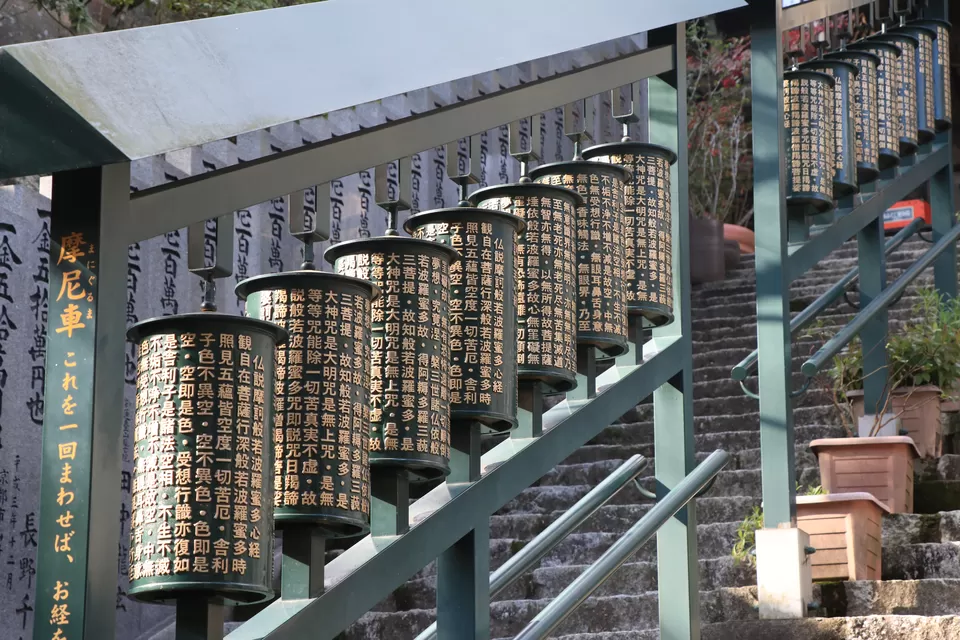
After viewing the attractions in Miyajima, I started for Hiroshima using the Miyajima Ferry. After reaching the Ferry station, took an electrical train to Hiroshima Atomic Bomb Zone.
On August 6, 1945, during World War II (1939-45), an American B-29 bomber dropped the world’s first deployed atomic bomb over the Japanese city of Hiroshima. The explosion wiped out 90 percent of the city and immediately killed 80,000 people; tens of thousands more would later die of radiation exposure.
Genbaku dome or the Atomic Bomb dome was the hypocenter of the Hiroshima bombing explosion & the building is still kept as it is.
The Images of the burnt & the last dying words of the innocent people were captured & it made me very emotional. We human beings have caused so many devastations across the world that the sin cannot be cleaned.
We pray and make sure such incidents are never repeated. After visiting the Peace memorial museum, I moved to view the Hiroshima Castle, which got completely destroyed due to the Bombing & the current castle is a replica of the original one.
This was the last night in Japan & the beautiful trip comes to an end. I departed to Osaka and headed back to the Hostel.
Basics of Japanese
Konichiwa means Hello.
Ohayō gozaimasu means Good Morning.
Sumimasen means Excuse me.
Arigatō means Thank You.
Gomennasai means Sorry (polite).
Sayonara means Bye.
Konbanwa means Good Evening.
Daijōbudesu means Okay.

Day 15 came & taking the Shinkansen - I departed for Tokyo & finally to Narita International Airport using the Keisei Skyliner. My Flight was in the evening at 17:30 to Bangkok & Bangkok to Kolkata.
The Trip brought me Confidence, lots of learnings about Japan, kindness, being Generous, cleanliness, Respect & many other feelings. Viewing Mount Fuji was one of the best thing I ever have done.
With this, the blog comes to an end & Wish all the best for the Solo travellers out there. Don't fear & start your journey as early as possible.






















































